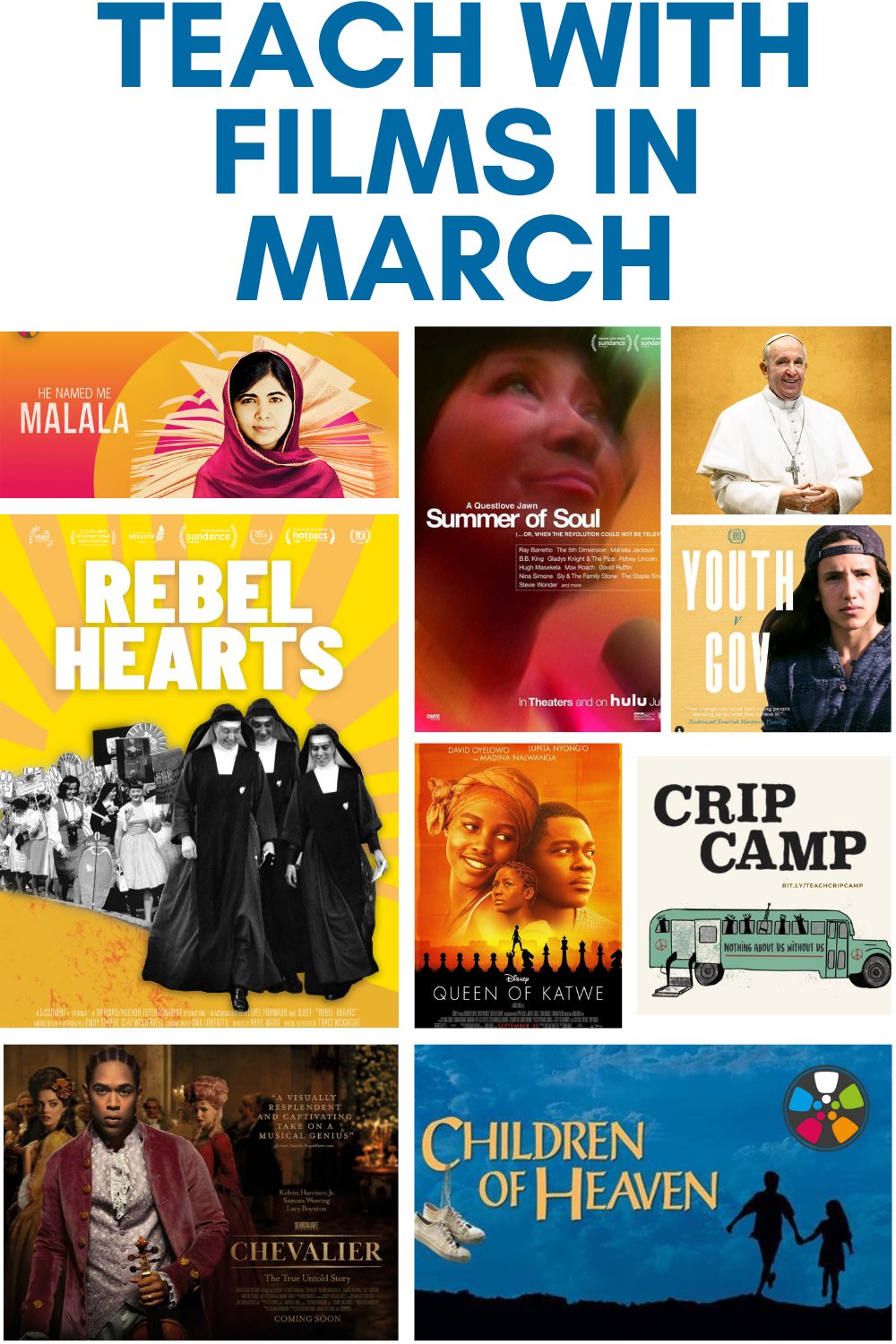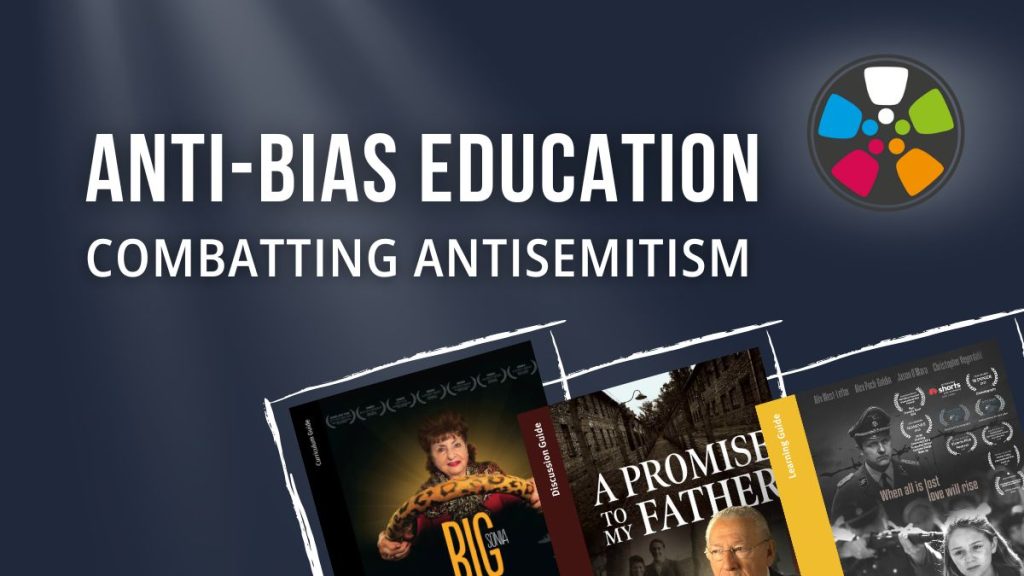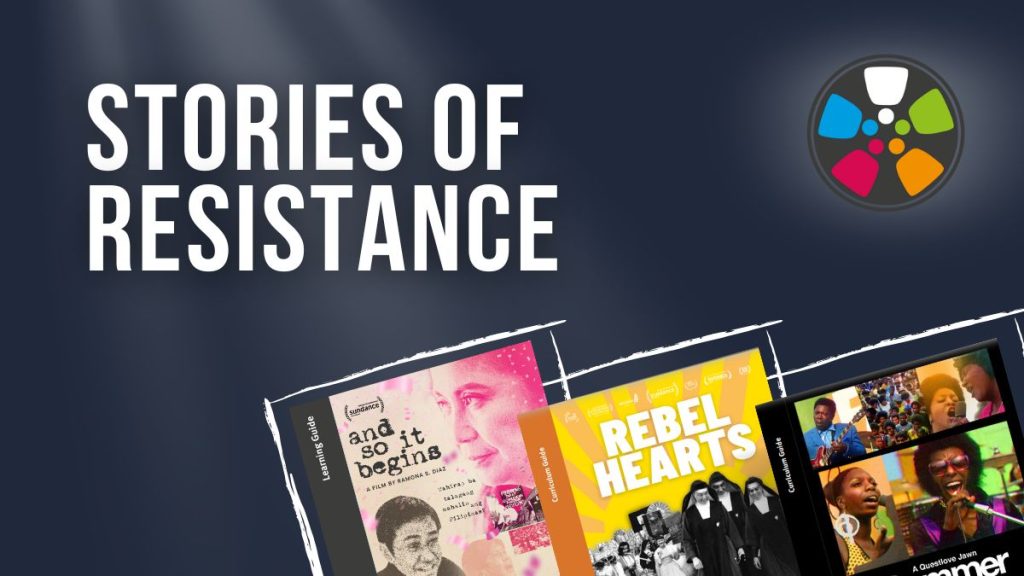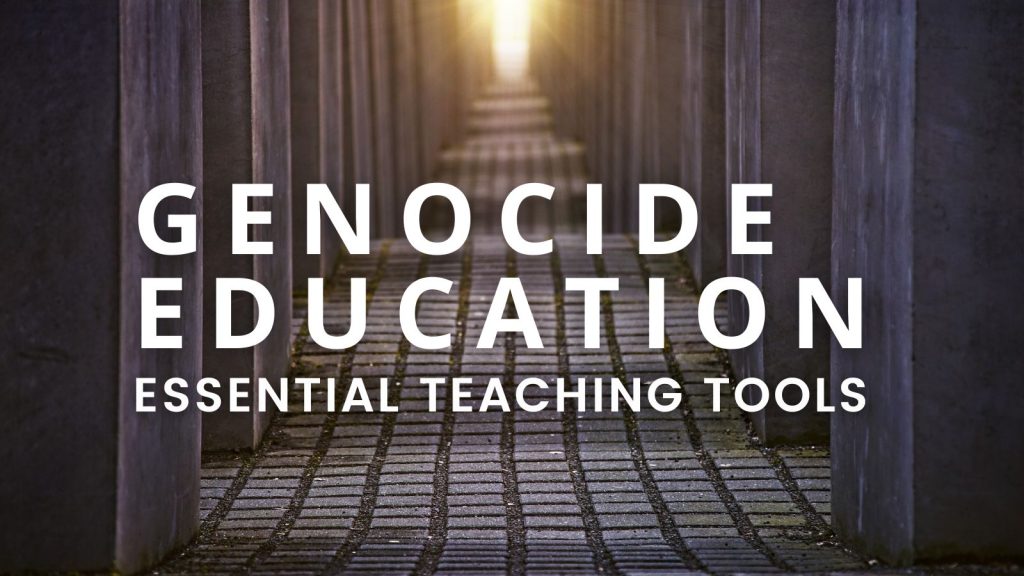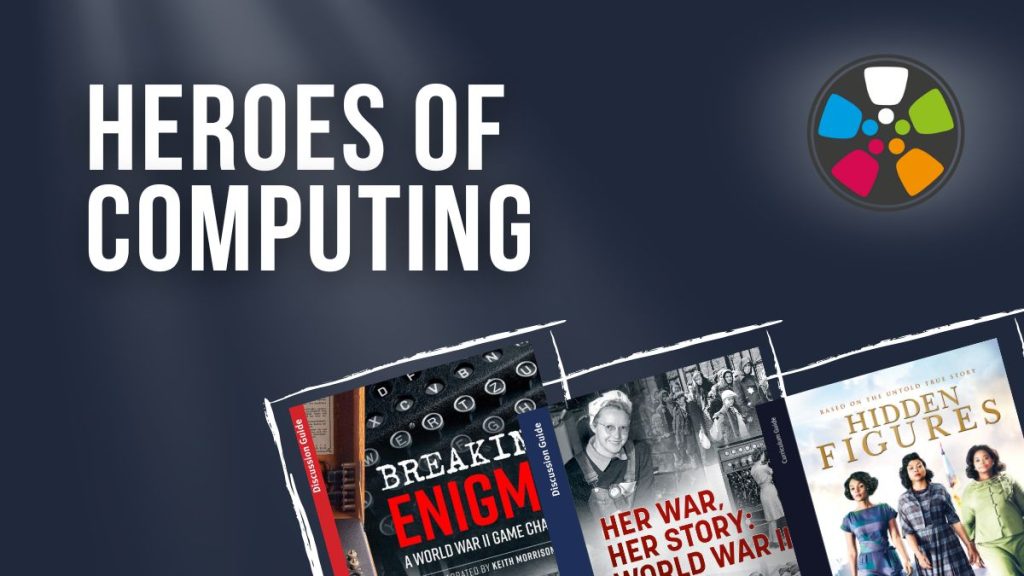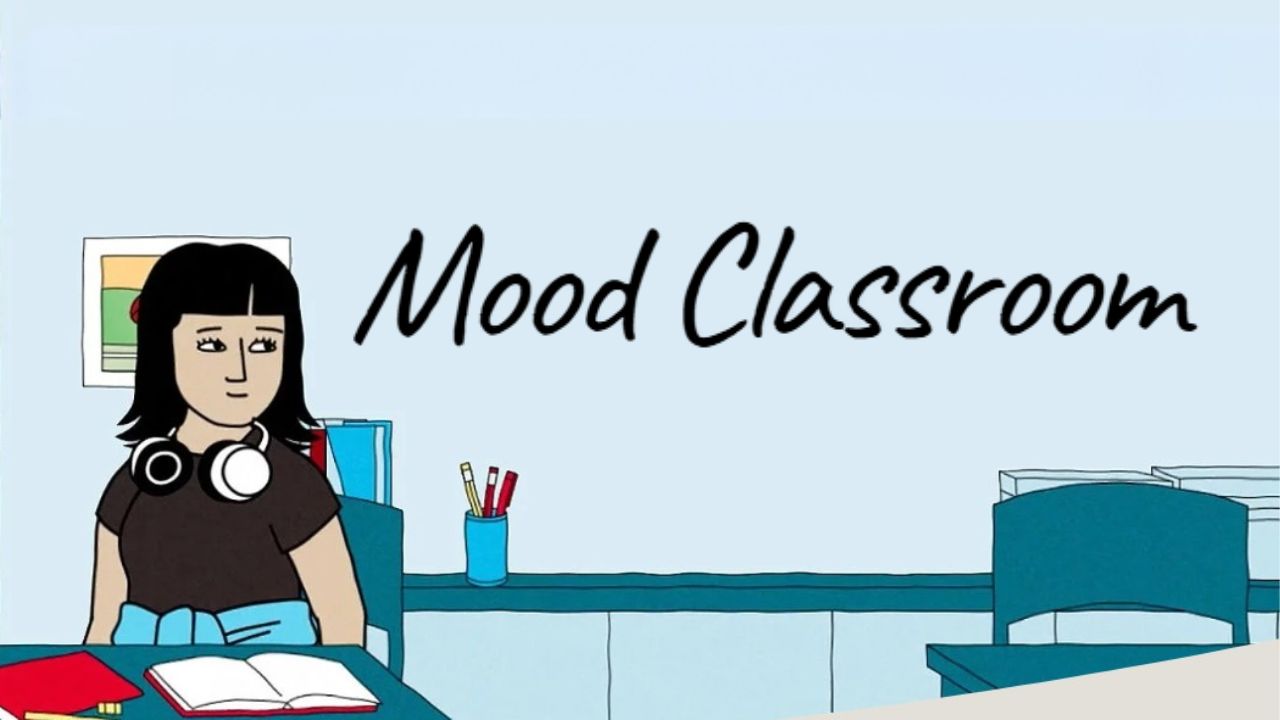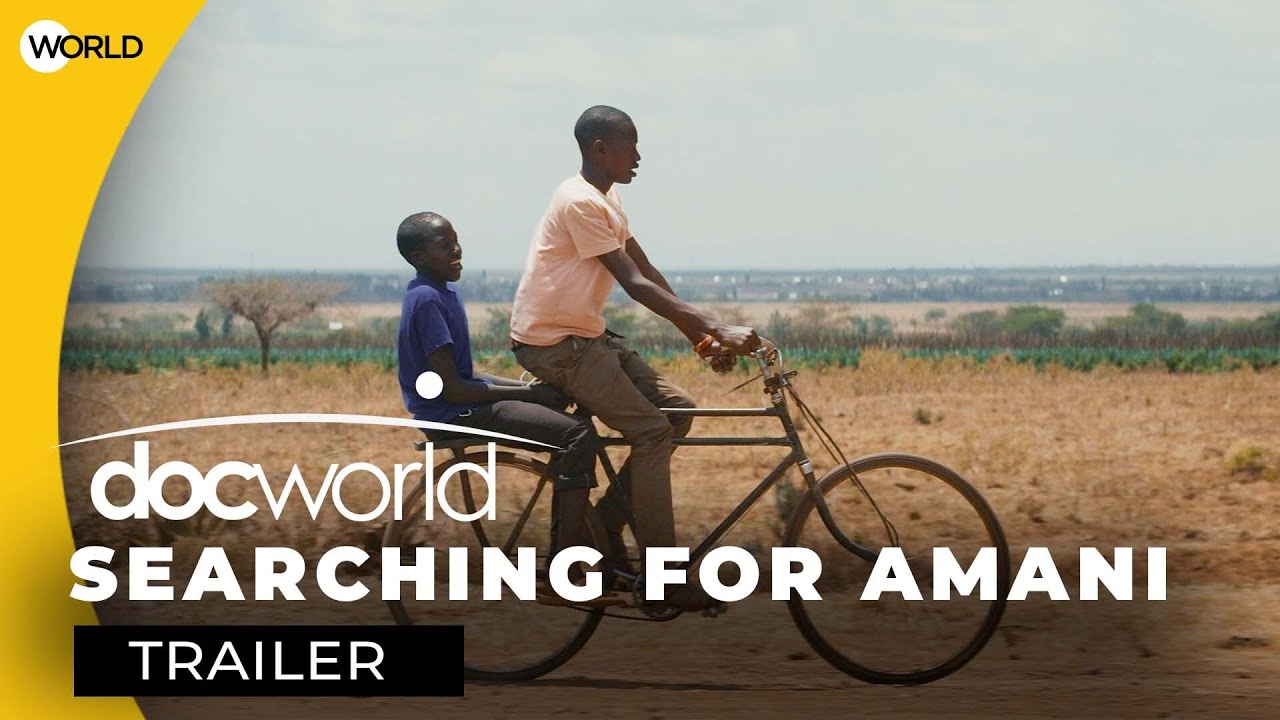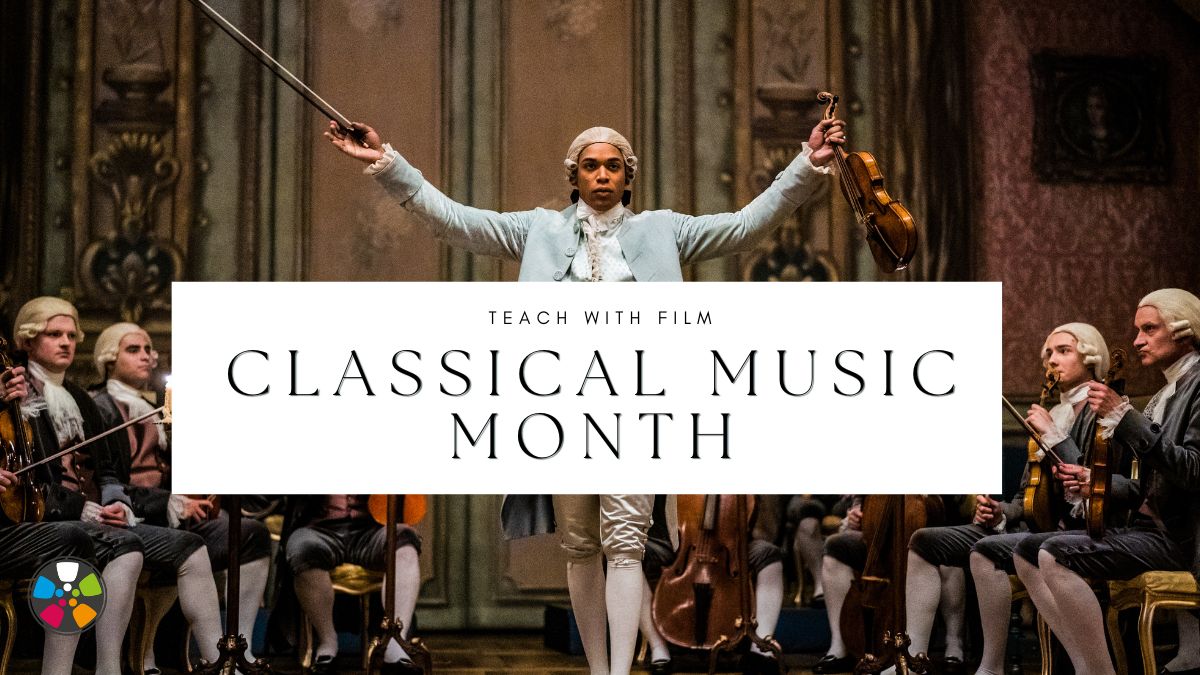Here are guides and other suggestions for educators, homeschooling individuals and others who plan ahead and want to teach with film in March!
March Teaching Highlights
Women’s History Month: Free Resources for Women’s History Month
Music in Our Schools Month: Chevalier, Defiant Requiem, Landfill Harmonic, Summer of Soul, The Music of Strangers
March 10-April 8 Ramadan: Children of Heaven, He Named Me Malala, The Neighborhood Storyteller, Wadjda, The Story of God
March 14 Pi Day: Children of Heaven, Genius, Hidden Figures, Like Stars On Earth, Please Vote For Me, The Cup, The Way Home, Walden, Whale Rider
March 20 International Day of Happiness: Happy
March Monthly Teaching Events
Developmental Disabilities Awareness Month: Crip Camp
Gender Equality Month + Equal Pay Day falls in March (the date changes each year): Films with Gender Equity-themed lessons – He Named Me Malala, Hidden Figures, Jane, Rebel Hearts, The Neighborhood Storyteller.
- Learn more about teaching with Jane with our article at Share My Lesson: Inspiring a Love of Nature and Learning: Celebrating Jane Goodall.
National Reading Month: Bringing Books and Films Together
March Weekly Teaching Events
March 11-17 Brain Awareness Week: Gabby Giffords Won’t Back Down – Aphasia, Happy – The Psychology of Happiness, Like Stars on Earth – How the Brain Works, The Dhamma Brothers – Meditation and the Brain
March 20-24 LGBTQ Health Awareness Week: Finding Pride, The Invisible Shield
March 21-27 Week of Solidarity with the Peoples Struggling against Racism and Racial Discrimination + March 21 International Day for the Elimination of Racial Discrimination: Chevalier, Hidden Figures, Just Mercy, LA92, Summer of Soul, The Dhamma Brothers, Unzipped, Youth v Gov
*History teachers may also find our Black History Lesson collection helpful.
Special Teaching Days in March
March 1 Zero Discrimination Day: What Are Prejudice, Stereotyping And Discrimination? (Video), The Invisible Shield (about social inequities and public health)
March 1 Read Across America Day: Bringing Books and Films Together to Inspire and Engage Students
March 3 World Wildlife Day: Jane, River of Gold — or check out our Celebration of Nature Collection which introduces students to Bugs, Chimpanzees and the Natural World of the Amazon, with resources for grades 3 to 7.
- Learn more about teaching with Jane with our article at Share My Lesson: Inspiring a Love of Nature and Learning: Celebrating Jane Goodall.
March 4 World Engineering Day for Sustainable Development: The Boy Who Harnessed The Wind
March 8 International Women’s Day: Big Sonia, Gabby Giffords Won’t Back Down, He Named Me Malala, Hidden Figures, Jane, Queen of Katwe, Rebel Hearts.
March 12 (2024)* Equal Pay Day: Hidden Figures, Jane.
- Learn more about teaching with Jane with our article at Share My Lesson: Inspiring a Love of Nature and Learning: Celebrating Jane Goodall.
*This date changes each year.
March 15 International Day to Combat Islamophobia: Countering Islamophobia Through Film, 10 Documentary Films That Celebrate Women of Faith (includes great films about women in Islam).
March 15 World Consumer Rights Day: River of Gold (about consumer rights to ethically sourced gold)
March 15 International Long Covid Awareness Day: The Invisible Shield
March 19 National Agriculture Day: Greener Pastures
March 21 International Day for the Elimination of Racial Discrimination: Chevalier, Hidden Figures, Just Mercy, LA92, Summer of Soul, The Dhamma Brothers, Unzipped
*History teachers may also find our Black History Lesson collection helpful.
March 21 World Poetry Day: The Prophet
March 21 International Day of Forests: Learn about Forests for Earth Day and Every Day
March 22 World Water Day: River of Gold
March 23 World Meteorological Day: Climate Emergency: Feedback Loops
March 25 Hindu Festival of Holi (2024): The Story of God
March 30 International Day of Zero Waste: Landfill Harmonic
March 31 International Day of Transgender Visibility: Finding Pride


